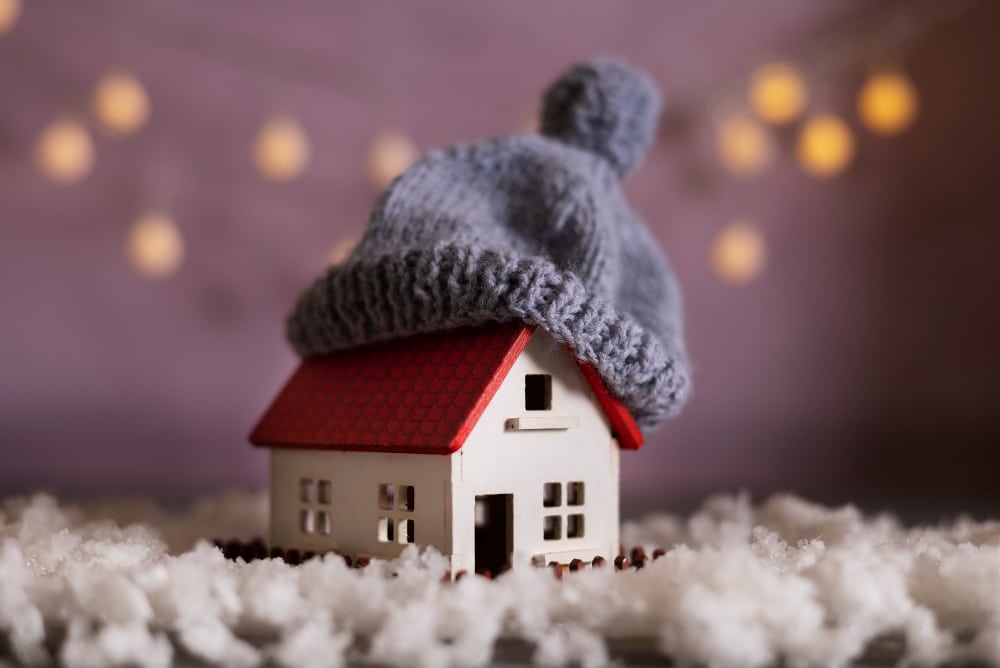As the colder months approach, it’s essential to prepare your home for freezing weather to ensure the comfort, safety, and efficiency of your living space. Winterizing your home involves a series of steps to protect against the harsh conditions that can lead to increased energy consumption, potential damage, and discomfort. In this article, we will guide you through the process of preparing your home for freezing weather.
Inspect and Seal Drafts
- Begin by inspecting doors and windows for drafts. Seal any gaps with weather stripping or caulk to prevent cold air from entering your home. This simple step not only keeps your home warmer but also reduces heating costs.
Check Insulation
- Ensure that your home’s insulation is in good condition. Adequate insulation in walls, ceilings, and attics helps maintain a consistent indoor temperature. Consider adding insulation in areas that may be lacking, as it is a cost-effective way to improve energy efficiency.
Service Your Heating System
- Schedule a professional inspection and servicing of your heating system. This includes checking the furnace or heat pump, replacing filters, and addressing any issues that may reduce its efficiency. A well-maintained heating system is crucial for staying warm during freezing weather.
Protect Pipes
- Prevent frozen pipes by insulating them with pipe sleeves or heat tape. Drain and disconnect outdoor hoses, and shut off exterior water sources. In extremely cold weather, allow faucets to drip slowly to prevent pipes from freezing. Consider installing an automated faucet dripping solution.
Clean Gutters
- Clear your gutters of leaves and debris to prevent ice dams. Ice dams can cause water to back up and damage your roof or walls. Regular gutter maintenance helps ensure proper drainage and reduces the risk of winter-related structural issues.
Trim Trees and Remove Dead Branches
- Ice and snow can make branches heavy and prone to breaking. Trim trees and remove dead branches to prevent them from falling on your home or causing damage to power lines.
Winterize Your Lawn Equipment
- Prepare your lawnmower and other outdoor equipment for winter storage. Drain the fuel or add a stabilizer, and store them in a dry, sheltered area. This ensures they will be in good condition when you need them again in the spring.
Install Storm Windows and Doors
- If you have them, install storm windows and doors. These provide an extra layer of insulation and protection against cold drafts, helping to keep your home warmer and more energy-efficient.
Stock Up on Winter Supplies
- Be prepared for winter storms by stocking up on essential supplies such as rock salt, sand, and snow shovels. Make sure your snow blower is in good working order, and have an emergency kit with necessities like flashlights, blankets, and non-perishable food items.
Set Up a Winter Emergency Kit
- Prepare for power outages by assembling a winter emergency kit. Include items like blankets, extra clothing, flashlights, batteries, and non-perishable food. Having a well-stocked kit ensures you’re ready for unexpected disruptions due to severe weather.
Conclusion
Winterizing your home is a proactive and essential process that helps protect your property and ensures a comfortable living environment during freezing weather. By following these steps, you can safeguard your home against the challenges of winter and enjoy the season with confidence, knowing that your living space is well-prepared for the colder months ahead.








